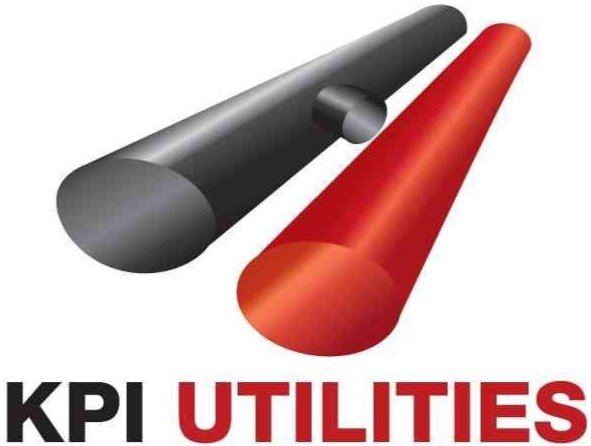
We have over thirty years of combined experience in Utility Strike Avoidance.
That’s the KPI difference.
KPI Utilities Statement
Mission: To provide professional sub surface utility engineering services to the Infrastructure Industry.
Goals: To provide Fully Trained Sub Surface Utility Engineers who are professionally qualified in Sub Surface Utility Engineering projects.
Objectives: To provide an environmentally safe, caring, collaborative and communicative workplace for all employed staff, contractors and clients that interface with KPI Utilities.
Our Services…
LOCATING UTILITIES
Any person or entity operating carrying out excavation works has a duty of care to identify and locate utility assets beneath the surface that would be at risk of damage if struck by hand and heavy equipment excavation. Impact with these utility assets could lead to loss of life, disruption of essential services or even just expensive repairs. None of these are worth the risk. Ground penetrating radar along with EM cable and pipe locators help mitigate these risks and protect existing (including redundant) and under-construction subsurface utility infrastructure.
Tools we use include:
· GPR
· Radio Detection EM Wand
SURVEY
Over the years we have carried out many sub surface utility engineering surveys, laser scanning and sub surface engineering surveys for structural accuracy and client design requirements. KPI specializes in giving the confidence and consistency of having the same professional sub subsurface utility engineering surveyors manage all of the survey aspects of your utility infrastructure project.
Tools we use include:
· Total Stations
· GPS Rover
· BIM systems
KPI CIVILS & PROJECT MANAGEMENT
We interpret plans, identify utility assets, provide cost control and continually review processes as part of our best-in-class project management services. Competent management of civil projects and the sub surface utilities for roads, bridges, buildings and other structures is essential, and the entire activity needs to be undertaken in a professional and safe manner. KPI helps achieve your project deliverables on time and on budget with reduced stakeholder risks without any disasters along the way.
Professional project management approach:
· Initiate
· Plan
· Execute
· Monitor
· Close
CONCRETE SCANNING
Concrete scanning is the use of ground penetrating radar and other equipment to detect materials or voids within a concrete slab. Concrete scanning can detect rebar, post-tension cables, electrical conduit, and voids. It can also be used for structural review including concrete slab measurement and rebar spacing. Concrete should be scanned before any destructive work is performed. This can include coring, drilling, cutting, and other activities which compromise the concrete’s strength.
Concrete is scanned with the use of ground penetrating radar. A device is passed over the concrete’s exposed surface, sending a signal into the concrete. The signal is deflected back to the device in different patterns depending on what type of material is found in the concrete and how deep the material is. An experienced technician will be able to determine the type and location of the material based off of this reading.
NDD HYDRO EXCAVATION
Hydro excavation is a method of digging that is non-destructive. It’s safe and it’s also cost-effective. The ground to be dug is basically unearthed by water under high pressure and hoovered into a holding tank using an oversized industrial size vacuum.
It’s not for no reason that Hydro Excavation is also known as Vacuum Excavation.
For a dig, we would arrive on-site with our hydro excavation equipment, including vacuum unit, mounted on our truck. Thanks to the method of excavation being non-mechanical, the hydro vac process needs no digging permit and work can begin without delay.
When you compare this to other digging methods, such as jackhammers, drills and excavators, the advantages of Hydro Excavation are clear:
Control of digging is easy for depth, speed, and exact area
30 to 50 metres reach from the truck is possible
Quick deployment with no need for digging permit
Dramatically reduced risk of damaging underground assets, e.g. cables & services






